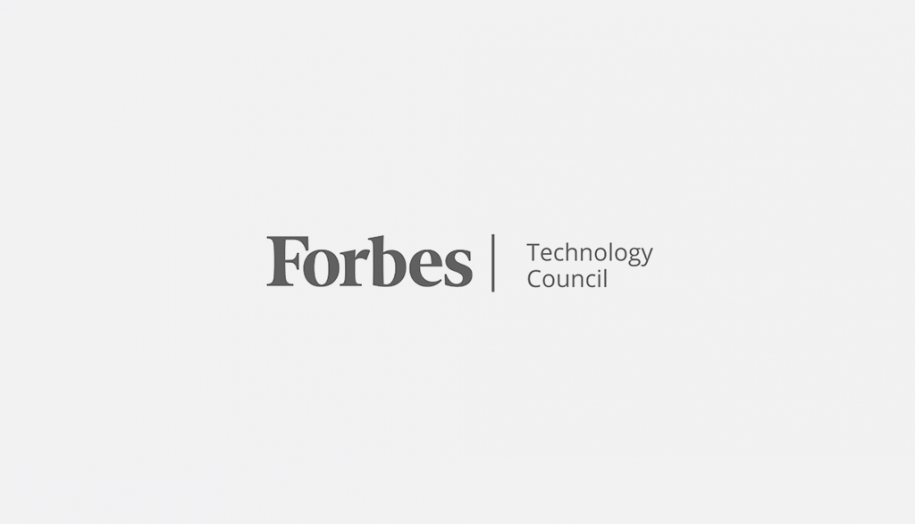Redefining Brand Loyalty In A Post-Pandemic Retail Market
As CTO of Engage People Inc. Len Covello helps companies differentiate loyalty programs to deliver a better experience for their customers.
Published May 28, 2021, 9:10 a.m. EST
Despite stay-at-home orders and lingering social-distancing mandates, retail e-commerce sales topped $861 billion in the U.S. last year. Consumer spending online eclipsed 2019 figures by 44%, according to market research firm Digital Commerce 360.
At the same time, the majority of consumer surveys published in the wake of the pandemic identified the retail payment trends that took flight last year as lasting and transformative.
Key trends that transformed retail throughout 2020 include the rise of e-commerce and card not present (CNP) transactions, consumers’ accelerated migration away from cash at the point of sale and the growing adoption of contactless payments and alternative currencies.
Other important consumer-behavior signals identified by analysts last year were the increasing use of curbside pickup, the skyrocketing usage of food and grocery-delivery services, and — most significantly — an unprecedented number of bankruptcies filed by brick-and-mortar retailers.
With virus fears and government-mandated lockdowns limiting revenues and pushing already-struggling businesses like JCPenney, J. Crew and Neiman Marcus over the edge, 21 retailers declared bankruptcy in 2020. In this backdrop, a record 12,200 brick-and-mortar storefronts closed in the U.S. last year, according to commercial real estate analytics firm CoStar Group.
Deloitte’s “2021 Retail Industry Outlook” surveyed retail experts to “address what the retail world may look like with COVID-19 in the rearview mirror — and what retailers may expect as they plan for 2021 and beyond.”
The survey found that while 6 out of 10 retail execs think their sector will recover within one to two years, a quarter of respondents said they anticipate a return to normalcy in two to five years. As such, Deloitte advises retailers to “embrace technology and redesign the retail journey.”
Redefining The Shopping Experience
A report authored by McKinsey in March 2020 highlighted the disconnect between modern consumers and the typical loyalty rewards program offered by brand retailers. Like Deloitte, consultants McKinsey & Company believe that, in the aftermath of the pandemic, the “most successful retailers will be those that connect with consumers in new ways by leaning in on their digital, omnichannel and in-store technology ambitions.”
While today’s “consumers are the ultimate surfers, hopping between channels, devices, and sites as they shop,” the loyalty programs offered to them are “static by comparison, relying on increasingly outdated rewards and the redemption strategies of the past.” Luckily for retailers, technological innovations have risen to meet this new challenge.
Creating A Flexible Loyalty Program
In order to address consumer demand, an avenue for retailers to explore is adopting new loyalty-tech solutions that enable them to offer customers more flexibility in how they use their points. This can include a more integrated and transferable interface directly at checkout.
In addition, beyond discounts or partner incentives earned from accumulated loyalty reserves, retailers should consider exploring options like cash back, paid loyalty programs and pay-with-points (PWP).
The last item entails API-driven capabilities to aggregate brand partners, so points accumulated at one retailer are transferable and monetizable across a broad network of retailers that have integrated their loyalty programs with the provider.
In this sense, PwP programs would function more like a digital currency, awarding consumers more flexibility in how and where they spend their points. According to McKinsey, the new loyalty paradigm is also rooted in “additional experiences and services that create new touchpoints.”
As such, retailers today are “pursuing content and experiences to drive up engagement and get consumers more connected with the brand on a daily or weekly basis.” In addition to the flexibility provided through PwP and cashback models, another retail trend that is rapidly gaining momentum is paid loyalty programs.
In October, McKinsey wrote that these subscription platforms “offer an attractive option for companies both to attract new customers and to shore up long-term customer value in the midst of a tectonic shift in consumer loyalty and preferences.”
Mckinsey goes on to discuss a 2020 survey, which “found that members of paid loyalty programs are 60% more likely to spend more on the brand after subscribing.” The same survey found that “free loyalty programs only increase that likelihood by 30%.” It also found that “paid loyalty programs drive higher purchase frequency, basket size, and brand affinity” compared to free ones.
The key takeaway here is that by getting consumers to invest more in their own brand loyalty, they’ll be more likely to redeem rewards, pay with points and engage with the brand — a win-win for all involved.
